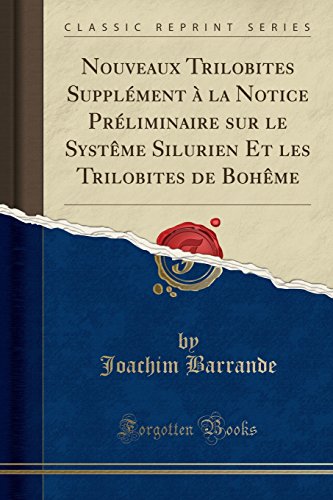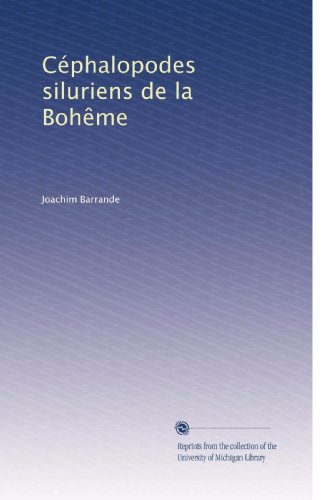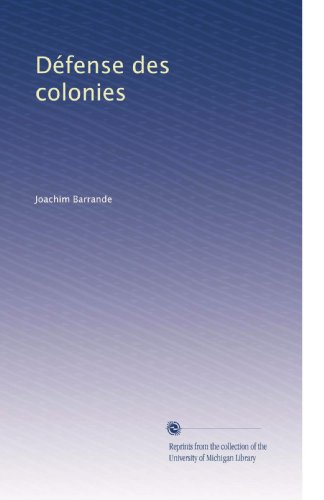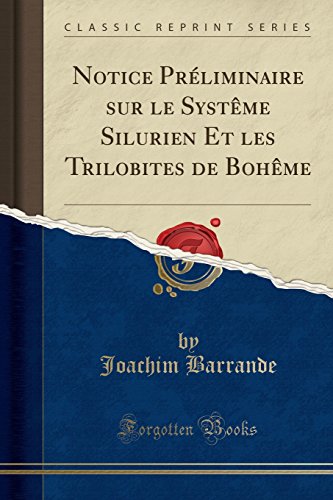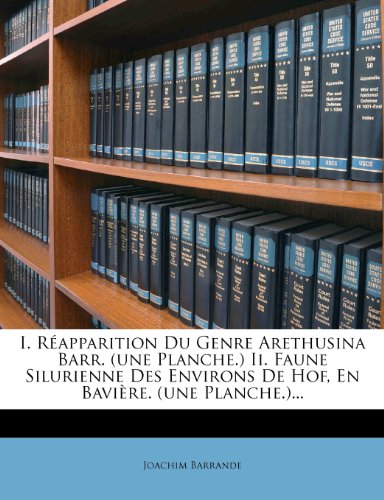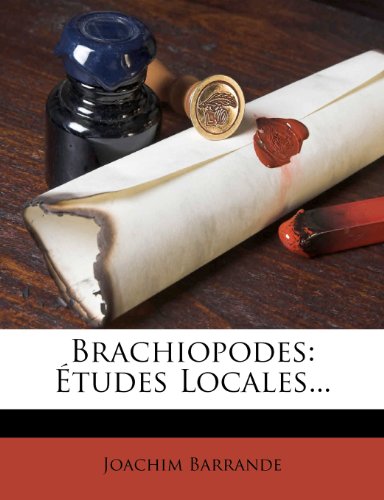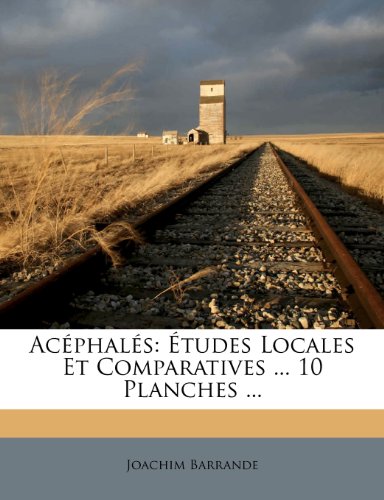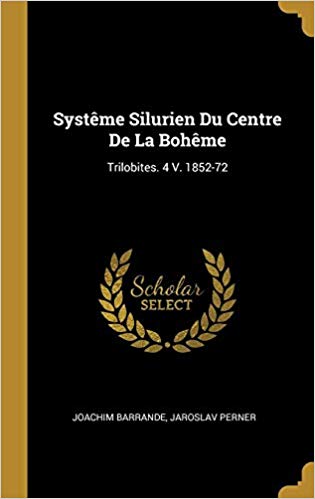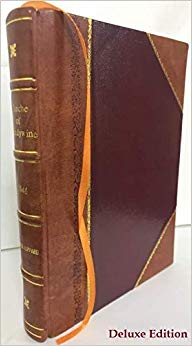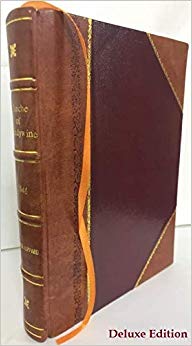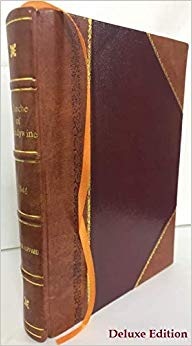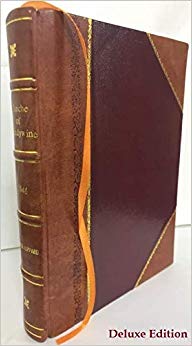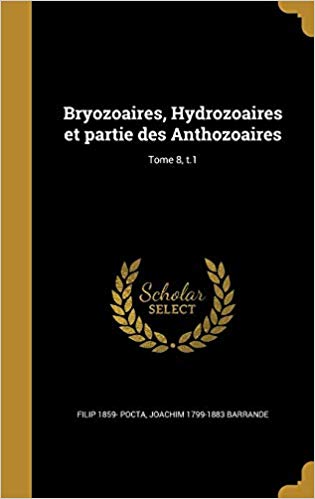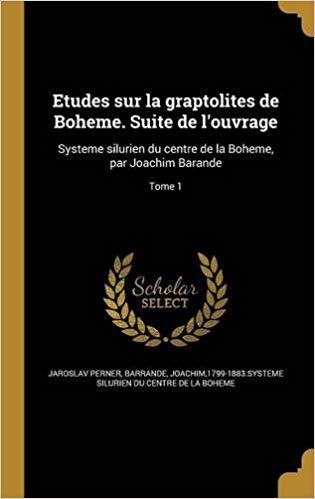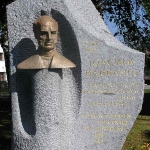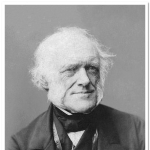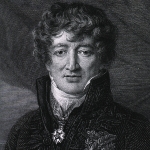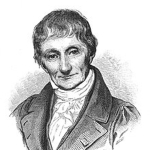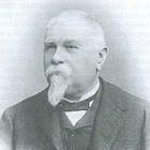Joachim Barrande was an Austrian geologist and paleontologist. He is famous for his remarkable work titled the Système silurien, which became a significant contribution to the geology of the mid-nineteenth century since it offered the naming and analysis of over 4,000 new fossil species.
Background
Joachim Barrande was born on August 11, 1799, at Saugues, Haute Loire, France. The Barrande family were been documented in Saugues since the end of the 16th century. The father, Augustin Barrande, was a well-to-do land owner and textile-merchant. Besides two daughters, he had three sons who he sent to be educated at the College Stanislas in Paris. The mother, Charlotte-Louise, born Torrent, came from a family of royal officers, known in Saugues since the 16th century.
Education
Barrande was educated in Paris at the École Polytechnique and the École des Ponts et Chaussées where he focused on natural sciences. He went to lectures of Georges Cuvier, Jean B. Lamarck, Alexander Brongniart and other great naturalists of that time.
Career
Although Barrande had received the training of an engineer, his first appointment was that of tutor to the due de Bordeaux (afterwards known as the comte de Chambord), grandson of Charles X, and when the king abdicated in 1830, Barrande accompanied the royal exiles to England and Scotland, and afterwards to Prague. Settling in that city in 1831, he became occupied in engineering works, and his attention was then attracted to the fossils from the Lower Palaeozoic rocks of Bohemia. The publication in 1839 of Murchison's Silurian System incited Barrande to carry on systematic researches on the equivalent strata in Bohemia. For ten years (1840 - 1850) he made a detailed study of these rocks, engaging workmen specially to collect fossils, and in this way he obtained upwards of 3500 species of graptolites, brachiopoda, mollusca, Crustacea (particularly trilobites) and fishes.
In 1843 Barrande invited a Scottish geologist Sir Roderick Murchison to visit Bohemia. Murchison confirmed that all fossils are of Silurian age (Cambrian to Devonian in today's concept). After Murchinson´s pattern, Barrande decided to write a treatise about Silurian fossils of Central Bohemia. The first volume of the "Systême silurien du centre de la Bohême" was published in 1852. In his life Barrande published 22 volumes, which make almost 6000 pages and over 1000 lithographic plates in total. More than 3550 species of Paleozoic organisms (trilobites, crustaceans, cephalopods, bivalves, brachiopods and others) were described and illustrated. Owing to Barrande’s technical education all descriptions and illustrations of the fossils were very precise. That is one of the reasons why his work is unique even for today´s standards.
The term Silurian was employed by Barrande, after Murchison, in a more comprehensive sense than was justified by subsequent knowledge. Thus the Silurian rocks of Bohemia were divided into certain stages (A to H) - the two lowermost, A and В without fossils (Azoic), succeeded by the third stage, C, which included the primordial zone, since recognized as part of the Cambrian of Sedgwick. The fourth stage (Stage D), the true lower Silurian, was described by Barrande as including isolated patches of strata with organic remains like those of the Upper Silurian. These assemblages of fossils were designated "Colonies, " and regarded as evidence of the early introduction into the area of species from neighbouring districts, that became locally extinct, and reappeared in later stages. The interpretation of Barrande was questioned in 1854 by Edward Forbes, who pointed to the disturbances, overturns and crumplings in the older rocks as affording a more reasonable explanation of the occurrence of strata with newer fossils amid those containing older ones. Other geologists subsequently questioned the doctrine of "Colonies."
In 1883 Barrande went to Frohsdorf in Vienna, where he found his former ward of Henry of Chambord on his deathbed. A few hours after his arrival, however, Henry died. Barrande took care of Chambord’s testament. He unfortunately fell ill with pneumonia during the work and died on October 5th 1883 at the age of 84. Barrande dedicated his huge collection, library, field notes, and 10,000 Guldens to the National Museum.
Views
Barrande was dedicated to the Cuvierian conception of the constancy of species, which he acquired during his early training in Paris and never abandoned. Similarly, he persevered in his conception of “colonies,” assemblages of more recent fauna found intercalated among older strata. They supposedly resulted from migrations, although his opponents argued that these anomalies were due to tectonic disturbances of the strata.
In an international controversy over the status of the Taconic system, proposed by the American geologist Ebenezer Emmons, Barrande actively joined Jules Marcou in supporting Emmons’ claim to be the true discoverer of the primordial fauna.
Membership
In 1870, Barrande was elected a foreign member of the Royal Swedish Academy of Sciences. He was also a member of the American Academy of Arts and Sciences.
Personality
Quotes from others about the person
In his obituary, Gustav Laube presented a truthful characteristic of Barrande:
”Conservative in his entire being, as required by his relations to the legitimist French party, and also in science; he remained a pupil and devotee of Cuvier till his death and, therefore, a natural opposer of the evolutionary teaching and the theory of evolution”.
















